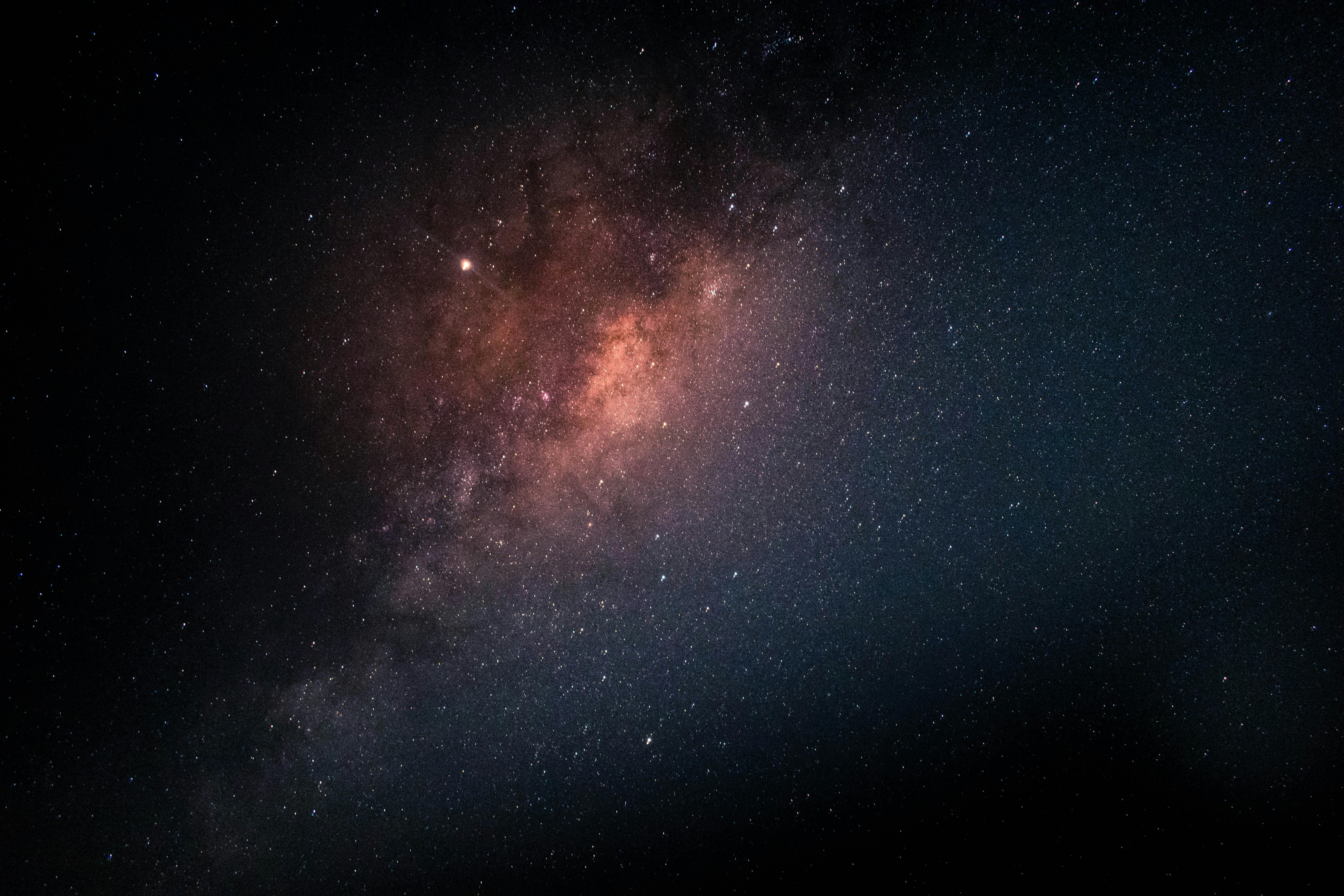Astronomers have identified Earth’s new ancient celestial companion, asteroid 2023 FW13. This asteroid orbits the sun synchronously with Earth, earning it the title of our planet’s “quasi-moon.” Its complex orbit extends halfway between Mars and Venus, as reported by Sky & Telescope‘s David Chandler. The discovery was made on March 28 by scientists using the Pan-STARRS survey telescope located on Haleakala, a dormant volcano in Hawaii. Verification of the asteroid’s presence came from the Canada-France-Hawaii Telescope, the Kitt Peak National Observatory, and the Mt. Lemmon SkyCenter. The news caught the attention of journalist Adrien Coffinet, who used an orbit simulator developed by amateur astronomer Tony Dunn to determine that 2023 FW13 shares Earth’s orbital period and also loops around our planet, suggesting it is a quasi-moon or quasi-satellite.
Although 2023 FW13 travels alongside Earth, the sun’s gravitational influence on the asteroid is much more significant. Earth’s disturbance on the asteroid’s orbit is minimal, causing it to remain close to our planet. The asteroid comes within 9 million miles (15 million kilometers) of Earth each year, while the moon, for comparison, reaches about 223,693 miles (360,000 km) at its closest point. This type of object is not unprecedented, as astronomers previously discovered another similar asteroid, Kamo’oalewa (2016 HO3), which remains relatively close to Earth.
Since its discovery, citizen astronomers have examined archival data and identified sightings of 2023 FW13 dating back to 2012. Utilizing this data, they were able to determine its past and future orbits, indicating that the asteroid has been in our vicinity since 100 B.C. and will likely remain until at least A.D. 3700. If these calculations are accurate, 2023 FW13 would be the most stable quasi-satellite of Earth ever found. Fortunately, astronomers believe that, like Kamo’oalewa, this asteroid poses no threat to our planet.
References
- Chandler, D. (2023, April 7). DOES EARTH HAVE A NEW QUASI-MOON? Sky & Telescope; AAS Sky Publishing, LLC. https://skyandtelescope.org/astronomy-news/does-earth-have-new-quasi-moon/
- Kuthunur, S. (2023, April 12). Earth has a new ‘quasi-moon’ after discovery of newfound asteroid 2023 FW13. Space.Com; Future US, Inc. https://www.space.com/asteroid-2023-fw13-quasi-moon-earth
- Minor Planet Center Staff. (2023). MPEC 2023-G33: 2023 FW13. https://doi.org/10.48377/MPEC/2023-G33











